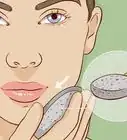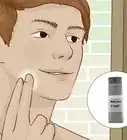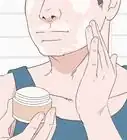X
This article was co-authored by Jurdy Dugdale, RN. Jurdy Dugdale is a Registered Nurse in Florida. She received her Nursing License from the Florida Board of Nursing in 1989.
This article has been viewed 39,211 times.
Epilating is a hair removal technique that can be used on any part of the body. The machine contains multiple tweezers in the head that pull out hairs over an area, so it is more effective than plucking alone. Additionally, using your epilator consistently should reduce hair growth. If you want to epilate your face, make sure you have an epilator designed for the face and prepare your skin before you start. Then keep your skin tight and go against the grain of the hair.
Steps
Method 1
Method 1 of 2:
Preparing the Face
-
1Buy an epilator designed for the face. Not all epilators are meant to be used on your face. Some are just for the body. Read about the epilators you are looking into to see if they are made for your face or if they have attachment heads that can be used on those areas.
- Most epilators that are designed for the face are small and contain batteries.
-
2Test a small area before beginning. Epilating can hurt, though the pain is about the same as using tweezers. However, you may experience redness or rashes around the area. Try out the epilator on your hand and then small areas of your face to get used to the feel and determine how your skin will react.[1]Advertisement
-
3Exfoliate before and after epilating. Taking care of your skin before and after this process is important. Use a loofah on your face when you exfoliate. Use your normal exfoliating scrub when you wash your face.[2]
- This process helps reduce the risk of ingrown hairs.
-
4Avoid using lotion or oil. When you epilate, don’t put any oil or lotion on your face before or after the process. This can lead to clogs, ingrown hairs, and other problems. Your face should be clean and dry and free of any moisturizing products.[3]
-
5Use a soothing cream afterwards. When you first start epilating, your face can get irritated. Try using a soothing cream or solution after you are finished on the area to help. You can buy products specially designed to be used after epilating.
-
6Take over-the-counter pain medication prior to starting. Before you start epilating, you may consider taking some pain medication, such as ibuprofen or acetaminophen. This can help lessen any pain you experience with epilating.[4]
- Take the medication 30 minutes before starting.
- You should not experience much pain unless you have a lot of thick hair.
Advertisement
Method 2
Method 2 of 2:
Epilating the Face
-
1Make sure the hair is the right length. You should epilate when your hair is shorter, approximately two to three millimeters long. If the hair is too long, the epilator will just cut the hair instead of removing them. Similarly, if the hair is too short it won't be able to grasp the hair. A few days of growth should be long enough. The hair should also be approximately the same length.[5]
- When you first start epilating, you will probably have to do it for a few days to catch every hair as it goes through the growing cycle.
- If your hair grows longer than that, you can trim the hairs to that length so the epilator can more easily grab them.
-
2Tug your skin tight. As you drag the epilator over your face, keep the skin tight. Slack skin doesn’t let the epilator grab the hairs in the same way. Instead, hold the skin taut so there are no slack areas or wrinkles, but don't tug it until it hurts. You just want a smooth, flat area of skin. Slack areas of skin can get pinched or bruised. Move the machine over the flat skin. The machine should grab the hairs and pull them out.
- All you need to do is lightly stretch the skin so that the epilator can pull unseen hair.
- If you don’t keep the skin tight, the epilator can pinch and irritate the skin.
-
3Hold the epilator perpendicular. To drag the epilator across your skin, hold it sideways on your face. It should not be up and down or parallel to your body. Keep the epilator perpendicular as you move it across your face.[6]
- The epilator should be used in the opposite direction that the hair grows, not the same direction. This can be difficult, as some hair grows downward and some upward. Feel the hair and look at the growth to determine which direction the hair is growing in.
-
4Place the epilator on your face. Gently press the machine against your skin a little below where you want to remove. Keep the head against your skin as you carefully move the epilator over your skin in the opposite direction that the hair grows.[7]
-
5Take your time. Go slow and steady as you use the epilator to make sure that you get the hair. Don’t rush because that could cause you to have to do it even longer. It may also cause skin irritation.[8]
-
6Clean your epilator once you are finished. Unplug the epilator. Take off the head and use the brush to remove all hairs. If you have a waterproof epilator, run it under water. Use alcohol to clean the head to remove any bacteria.[9]
- Not cleaning your epilator can cause bacteria to grow and lead to infections.
Advertisement
Warnings
- Epilators can cause irritation and bumps when used on underarm hair.⧼thumbs_response⧽
- Epilators will not remove ingrown hairs. If you have these, you'll need to remove them with tweezers. If you continue to epilate over the ingrown hair, it can cause a boil or infection.⧼thumbs_response⧽
Advertisement
References
- ↑ https://makeupandbeauty.com/can-epilate-face/
- ↑ https://bellatory.com/hygiene-grooming/Epilator-Which-One-Is-For-You
- ↑ https://bellatory.com/hygiene-grooming/Epilator-Which-One-Is-For-You
- ↑ https://bellatory.com/hygiene-grooming/Epilator-Which-One-Is-For-You
- ↑ https://makeupandbeauty.com/can-epilate-face/
- ↑ https://makeupandbeauty.com/can-epilate-face/
- ↑ https://makeupandbeauty.com/can-epilate-face/
- ↑ https://bellatory.com/hygiene-grooming/Epilator-Which-One-Is-For-You
- ↑ https://makeupandbeauty.com/can-epilate-face/
About This Article
Advertisement
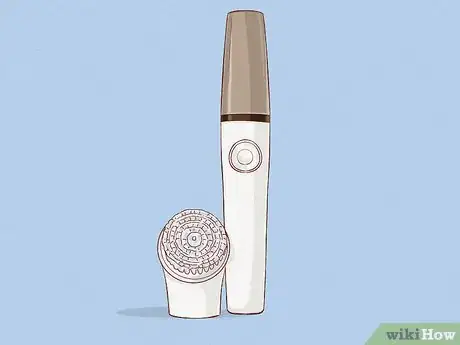
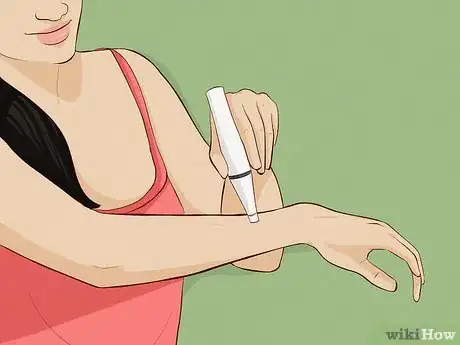
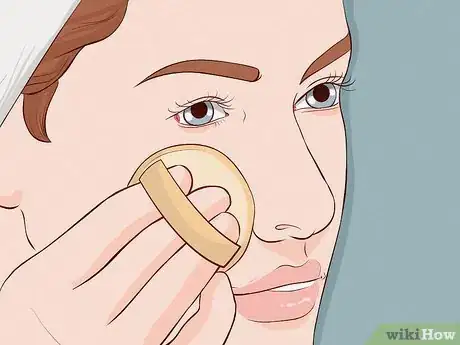
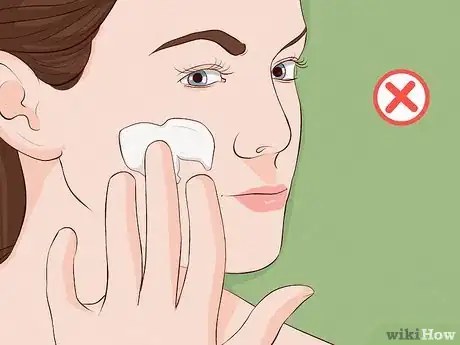
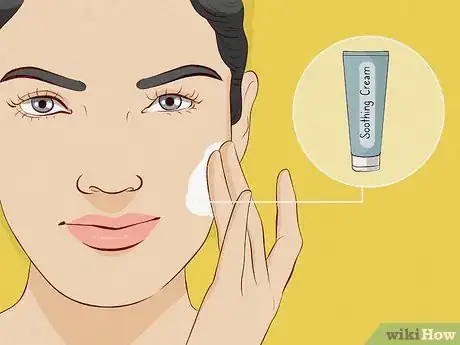
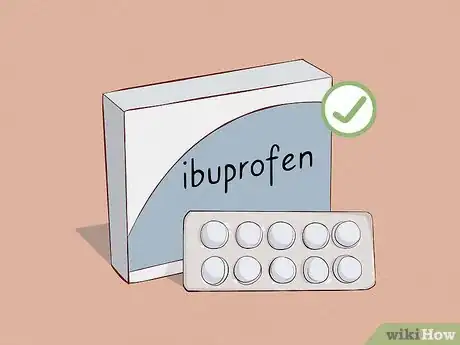
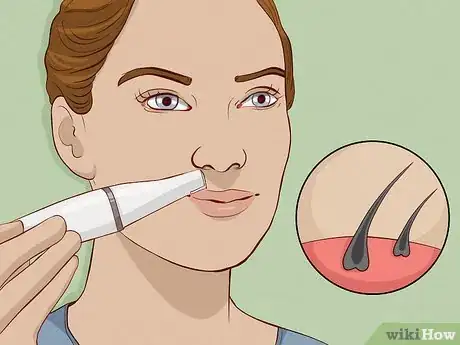
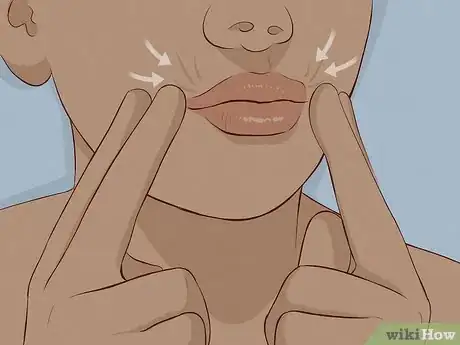
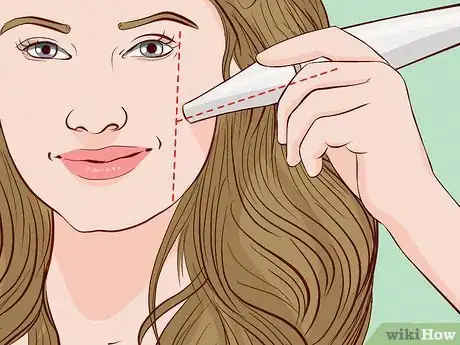
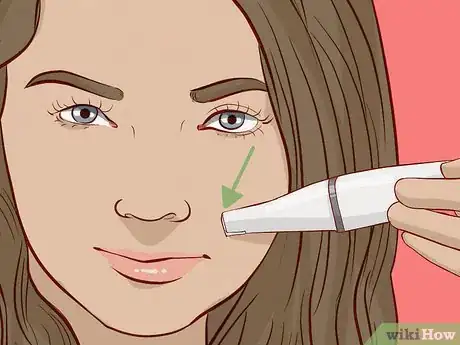
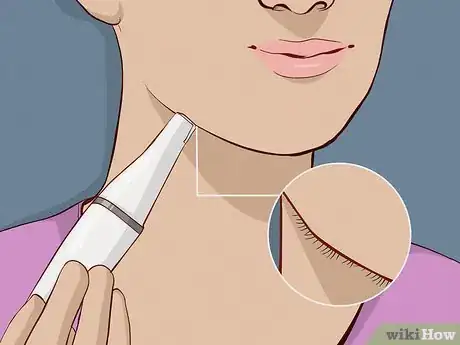
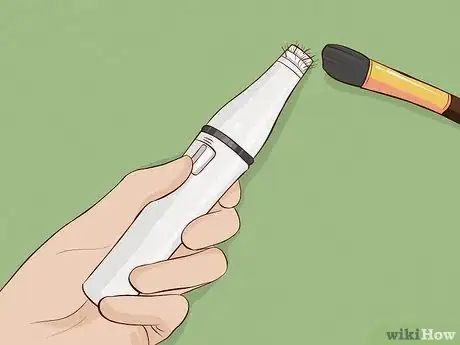
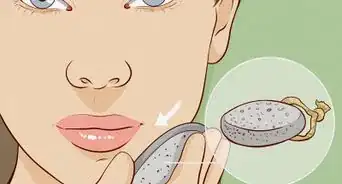
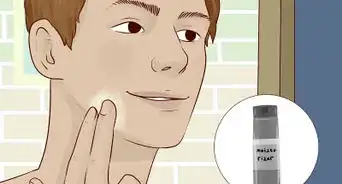
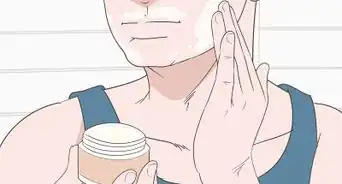

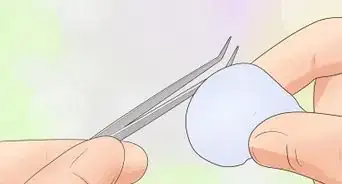

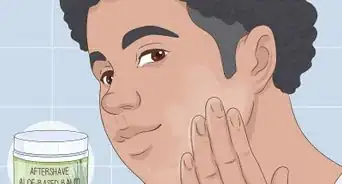
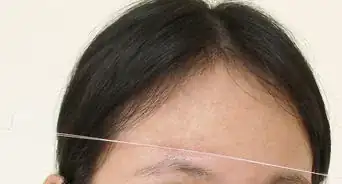
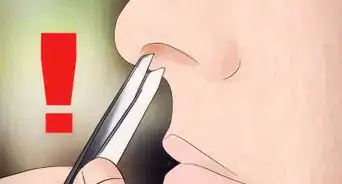







-Step-36.webp)
